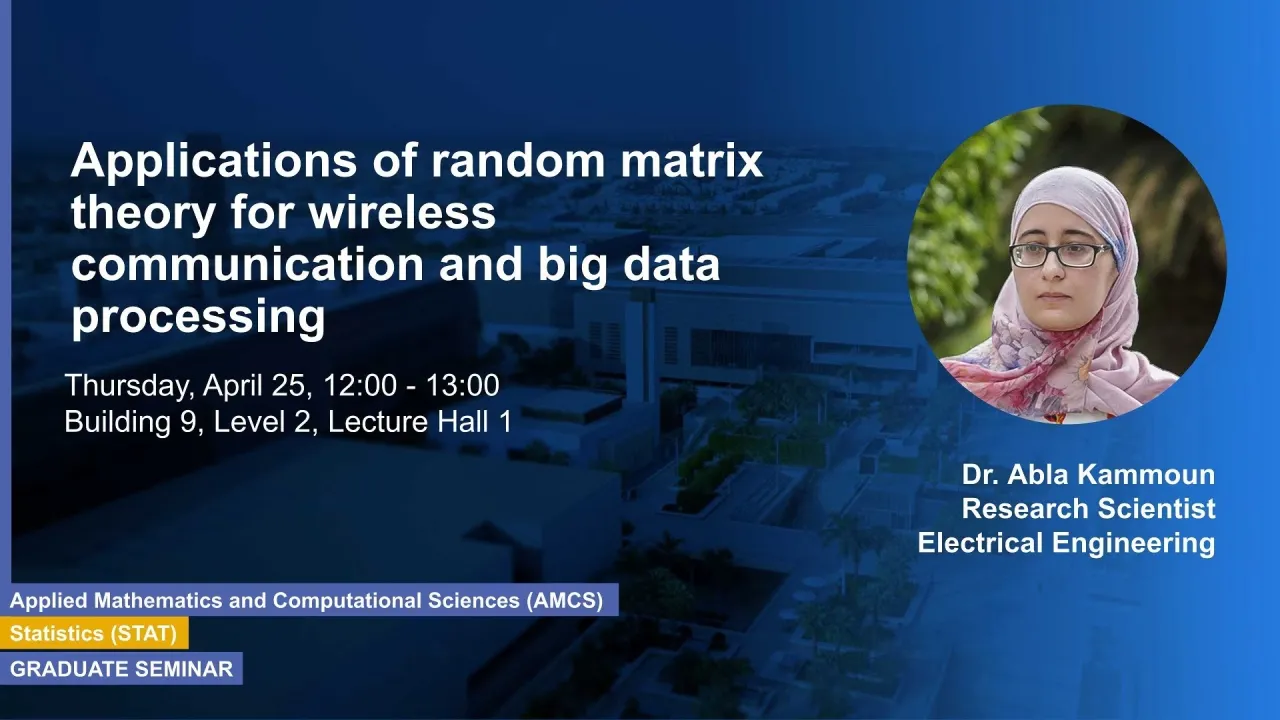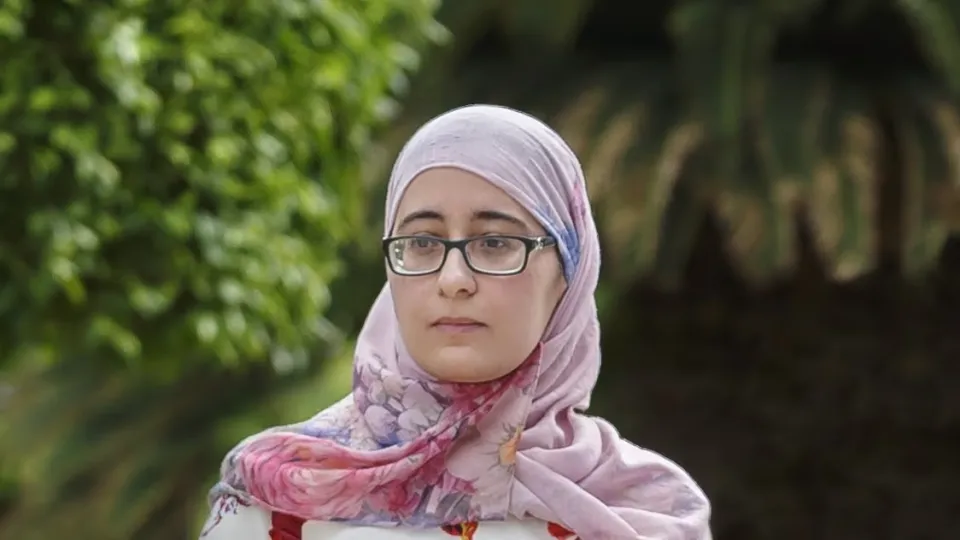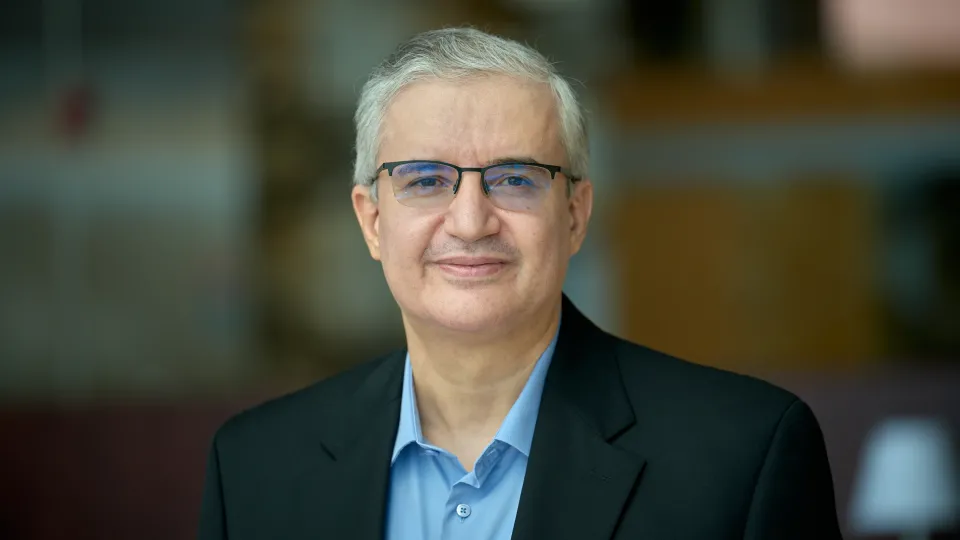
Applications of random matrix theory for wireless communication and big data processing
Since the pioneer works of Telatar, random matrix theory has found a variety of applications in engineering disciplines that, to name a few, include wireless communication and signal processing. Its scope is now going far beyond the field of mathematics, being recognized as an indispensable tool for advanced research in engineering disciplines as can be evidenced by the dramatic increase in related publications. Recently, random matrix theory has found its way into the field of big data processing, allowing accurate characterization of the performance of many algorithms met in the field of machine learning.
Overview
Abstract
Since the pioneer works of Telatar, random matrix theory has found a variety of applications in engineering disciplines that, to name a few, include wireless communication and signal processing. Its scope is now going far beyond the field of mathematics, being recognized as an indispensable tool for advanced research in engineering disciplines as can be evidenced by the dramatic increase in related publications. Recently, random matrix theory has found its way into the field of big data processing, allowing accurate characterization of the performance of many algorithms met in the field of machine learning.
This talk aims to introduce the field of random matrix theory and to discuss its recent applications to characterize the performance of Gaussian discriminant analysis based methods. Particularly, we show that the use of random matrix theory has three main advantages. First it allows to characterize the performance in terms of the statistical parameters of the data, providing useful guidelines to practitioners on when to use each Gaussian discriminant analysis based method. Second, it may be used to assist in the choice of the tuning of the hyper-parameters intervening in the design of the gaussian discriminant based classifiers. Third, it paves the way towards new Gaussian discriminant analysis based classifiers with performances comparable to those obtained by state-of-the art algorithms.
Brief Biography
Abla Kammoun received the engineering degree in signal and systems from the Tunisia Polytechnic School, La Marsa, and the Master's degree and the Ph.D. degree in digital communications from Telecom Paris Tech [then Ecole Nationale Supérieure des Télécommunications (ENST)]. From June 2010 to April 2012, she has been a Postdoctoral Researcher in the TSI Department, Telecom Paris Tech. Then she has been at Supélec at the Large Networks and Systems Group (LANEAS) until December 2013. Currently, she is research scientist at KAUST university. Her research interests include performance analysis, random matrix theory, and semi-blind channel estimation.

